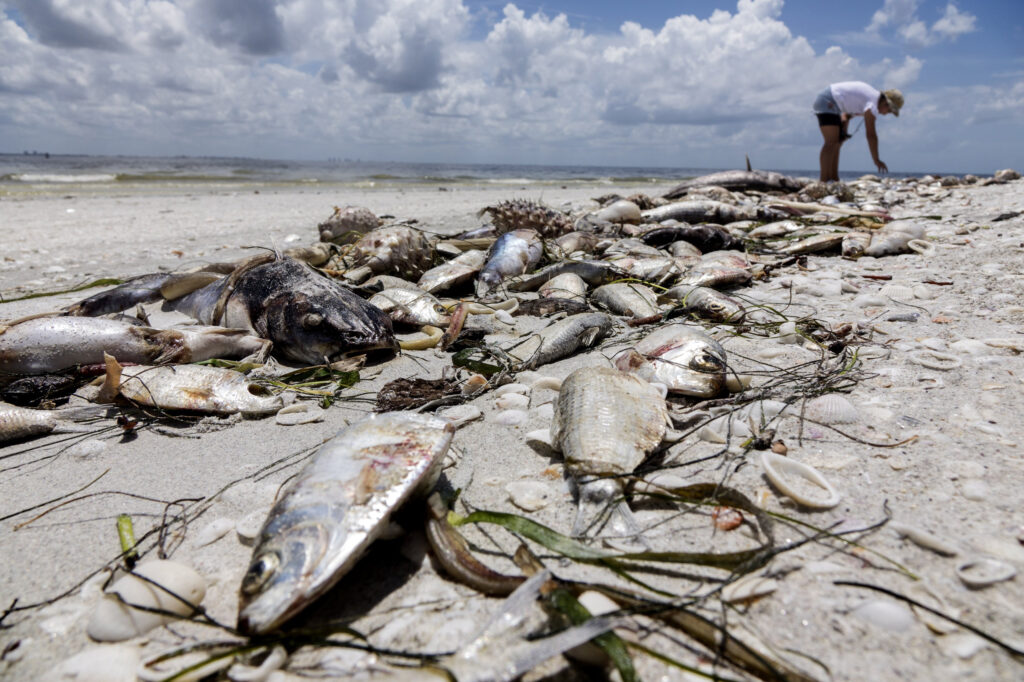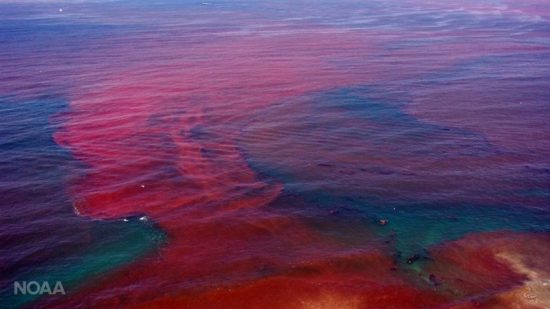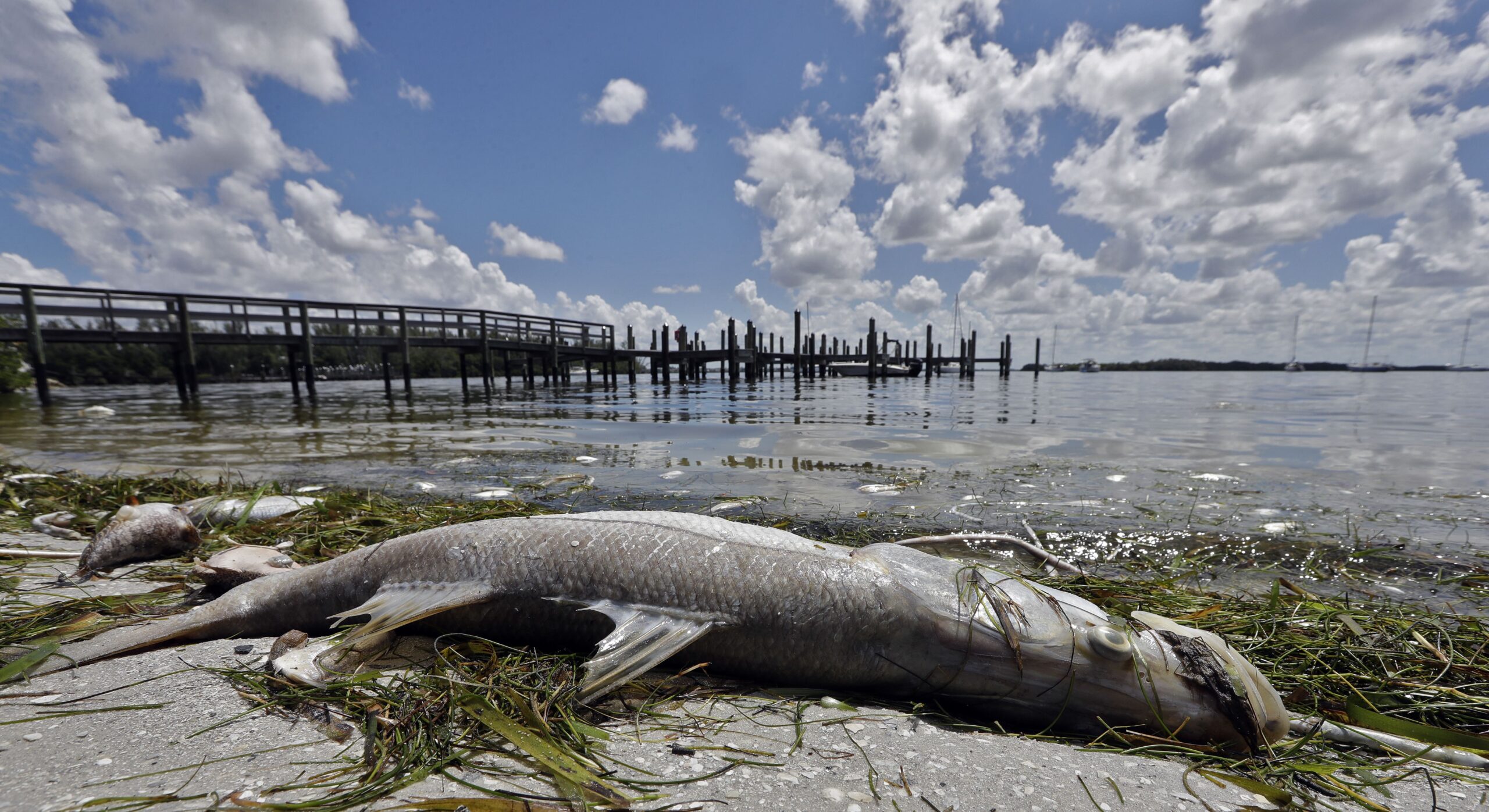Since the Piney Point leak in Florida sent millions of gallons of toxic water into Tampa Bay last April, scientists and state officials have been handling the problematic legal and environmental aftermath.

Many environmentalists and state officials have been concerned that the nutrients in the wastewater could cause algal blooms that have the potential to harm the Tampa Bay ecosystem and residents living nearby.
The released water from the Piney Point phosphate mine contained high levels of nitrogen and phosphorous, key ingredients in fertilizer. Because millions of the contaminated water were released into the bay at once, environmentalists have been concerned that fertilizer ingredients could act as fuel for toxic algae blooms, since algae feeds on fertilizer just like plants do.
Large algal blooms can be extremely damaging to the environment, sensitive species like manatees, and humans too. In Florida, a type of algal bloom known as Red Tide produces potent natural toxins, which have been responsible for large fish kills, the death of manatees, closed beaches, and respiratory irritation in the past.

Fish washed ashore after dying in a red tide in Captiva, Florida, USA, (Aug. 3, 2018) 
red tide
Since the initial spill in April, a team from the University of South Florida has been sampling water from Tampa Bay and the surrounding area to monitor the short and long term environmental effects. According to the USF College of Marine Science Dean Tom Frazer, “The event appeared to be short lived with no serious, acute impacts.” The team’s research shows that the nutrient rich wastewater was very concentrated in Port Manatee in the days following the spill, but mostly dispersed into the ocean and became diluted after a considerable time.


However, the team warns that they are still waiting on some tests and are currently studying the long term impact on seagrass, larger organisms, and the ecosystem as a whole. Furthermore, tests to study the impact of heavy metals and radioactive elements that were spilled into the bay may take months to find out.
Although the University of South Florida team reports the spill’s impact to be minor, other sources say that it has caused a spike in Red Tide blooms and manatee deaths. Richard Luscombe from “The Guardian” claims that, “the recent leak and discharge of toxic wastewater into Tampa Bay from the abandoned Piney Point fertilizer plant and the return of the red tide algal menace has poisoned waters. [Florida Fish and Wildlife Conservation Commission] says 12 manatee deaths so far this year were from confirmed or suspected red tide blooms.”
Fox 13 also reported on June 4 that there have been multiple Red Tide warnings in Hillsborough County, but “It’s unclear if [researchers] will definitively link the output from the old fertilizer plant’s wastewater holding tanks, but scientists say the contents of that water are exactly what red tide needs to bloom.”
Whatever the environmental cost may be, the price to permanently clean up and shut down the Piney Point phosphate mine is estimated to be $200 million. Environmentalists and affected residents are also calling for other similar fertilizer plants and phosphate mines to shut down to prevent environmental and health risks like this incident from happening again. We’ll discuss in the coming month who will bear the price of this disaster and who’s to blame for it.
